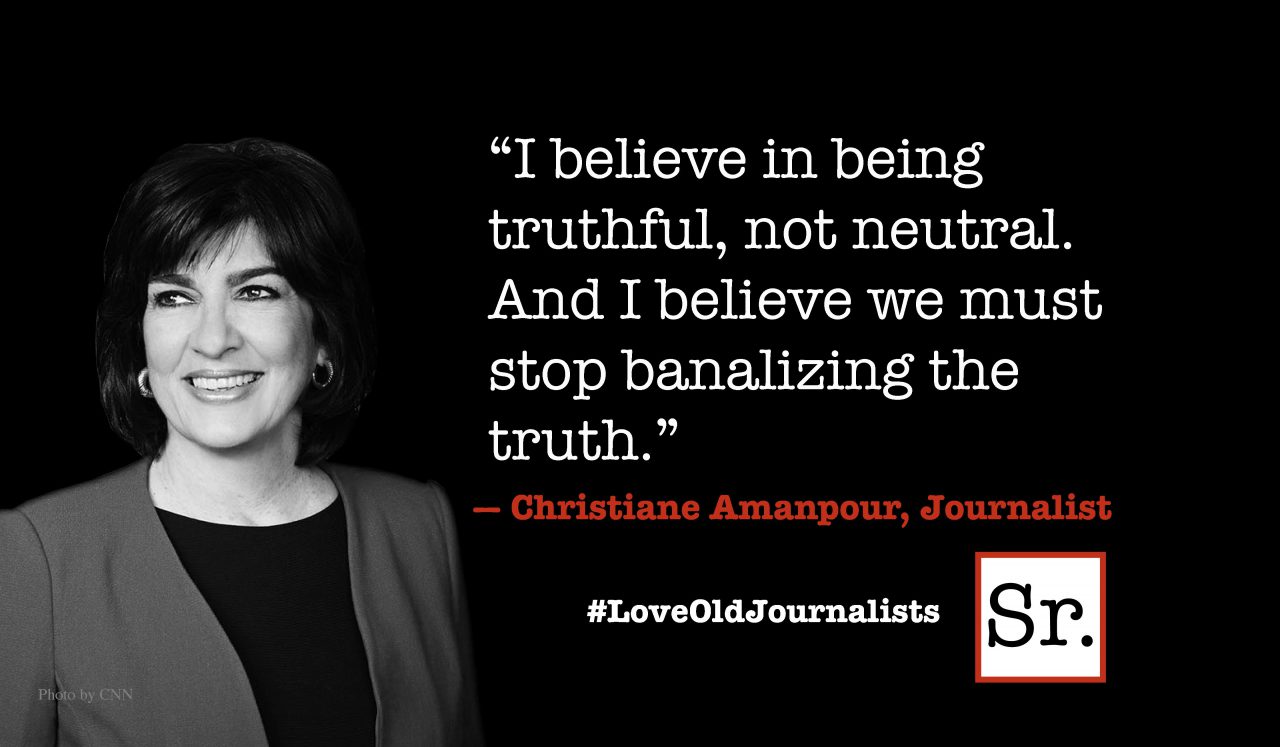The argument is over — or ought to be. The scientific evidence is in. The burning of fossil fuels is the culprit. Oil, gas and coal are the assassins. To allow the damage to continue in order to keep the economy running smoothly is both dangerous and ultimately disastrous. The resistance to what is increasingly obvious comes with the same tired answers which continue to value short-term profits over long-term survival.
For those of us, however, who seem perfectly happy to have the burning of carbon-based resources done away with, there is, a serious question, which to this point has no answer. What will replace the energy that fossil fuels now produce? After all, those of us who are opposed to gas, oil and coal are just as opposed to nuclear energy. Some of my friends, who share my concerns, tell us that we can simply rely on wind and sun. They point to great wind farms and acres of solar panels. While we might like to think that these alternative sources of power are the natural answers, perhaps we had better take a harder look.
You can run a house or even a collection of houses on wind and sun, but you can’t run a factory, a blast furnace, a jet plane, a freight train, a city or any of the other major users of energy. What will replace carbon? That is the great unanswered question even the most ardent environmentalists must face. Thankfully most of those concerned about global warming are well aware of our need to have a continued reliance on carbon-based fuels. The only real answer is not to discontinue their use, but to curtail it until they are only producing a tolerable level of atmospheric CO2. Bill McKibben’s movement suggests that the top acceptable level must be 350ppm.To reach these levels may only involve a 20% reduction in emissions by carbon-based fuels. But even that would be a profoundly difficult stretch.
A serious Cap and Trade system won’t get us there, and a Carbon Tax might come closer. But the only real answer lies in some system no one has yet discovered. So what is our best hope? Perhaps in some well-funded Chinese laboratory, a young woman will come up with the answer. Why do I say in a Chinese lab, not in an American one? Because the Chinese government is sinking serious money into that kind of a venture even while they put on line another disastrous coal burning facility every week. But the same dimwitted American politicians who keep telling us that global warming is not a problem, and even if it is, human activity has nothing to do with it, call that kind of investment, “big government”. And we all know what a horror that is.
In the next decade China will pass us as the world’s largest economy (if it hasn’t already). China’s leaders know that it is also the world’s greatest atmospheric polluter, but their politicians are committed to doing something about it. Ours just keep their heads lodged in the tar sands.
The burning of oil, gas and coal are going to be with us for the foreseeable future, but the ultimate hope is in the discovery of a doable alternative energy source. We won’t get there as long as our politicians, who insist that even cutting the growth of the problem is bad for the almighty economy, continue to win battle after battle.








